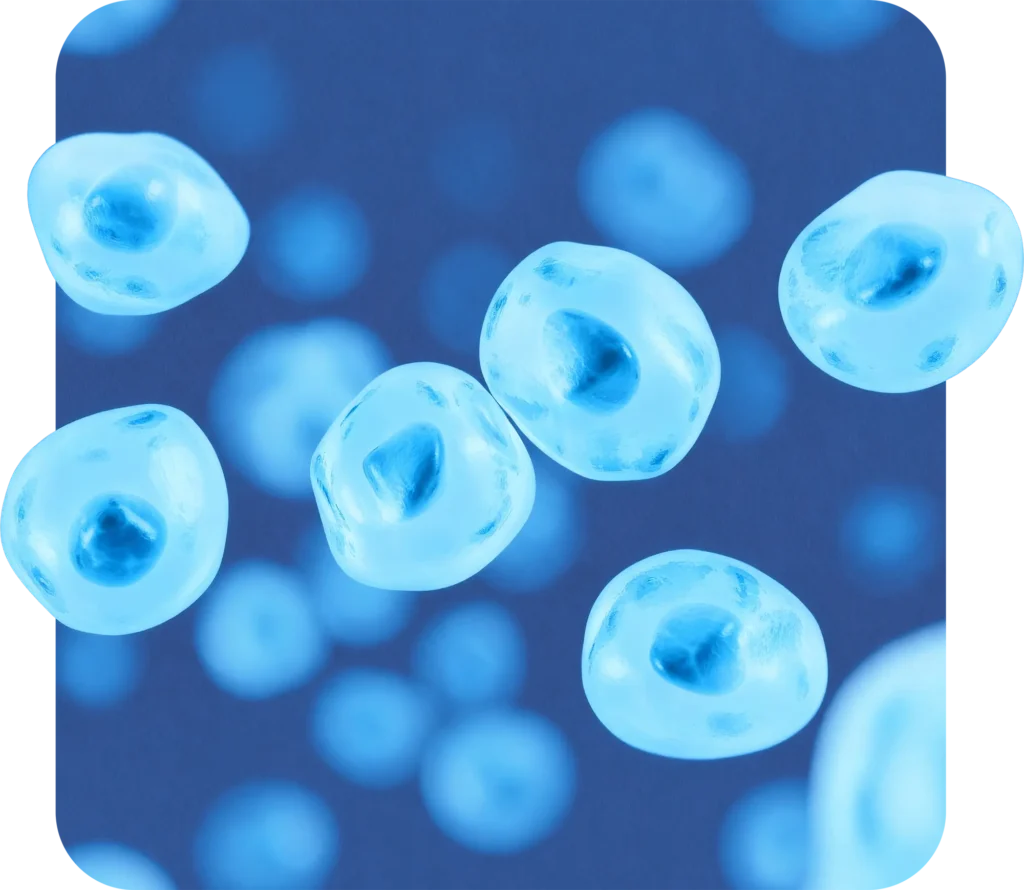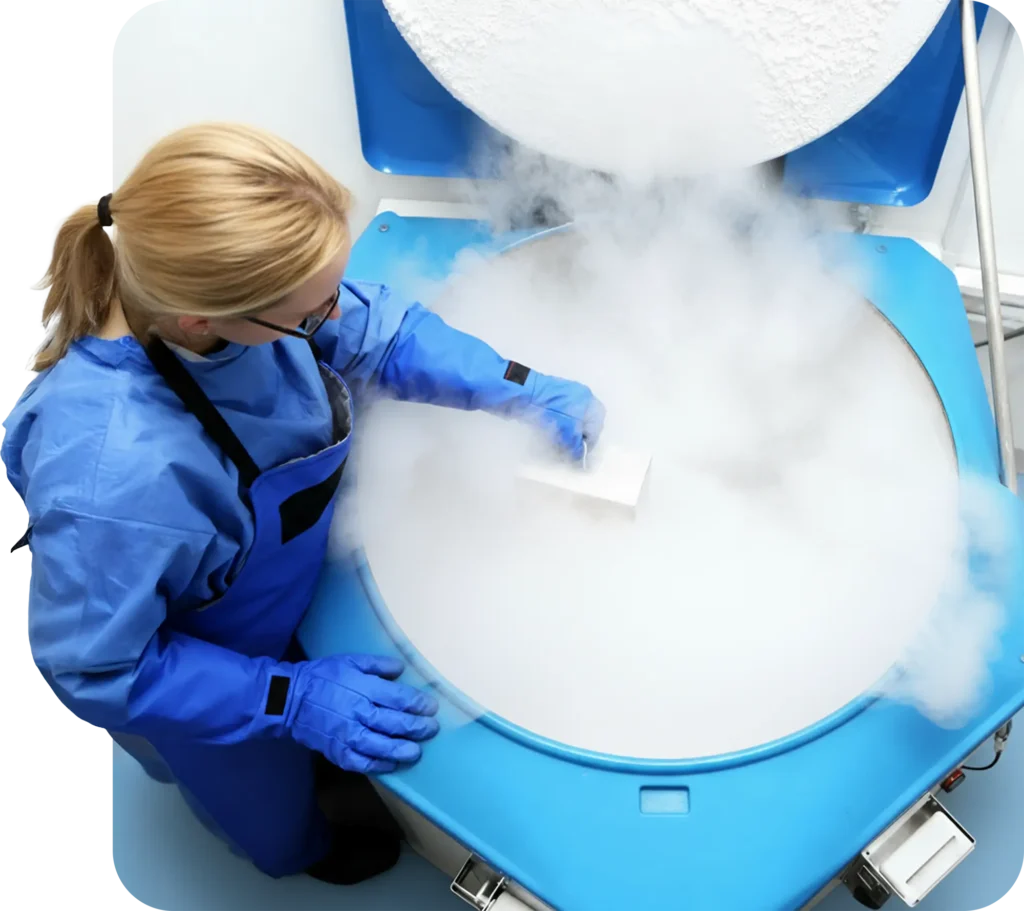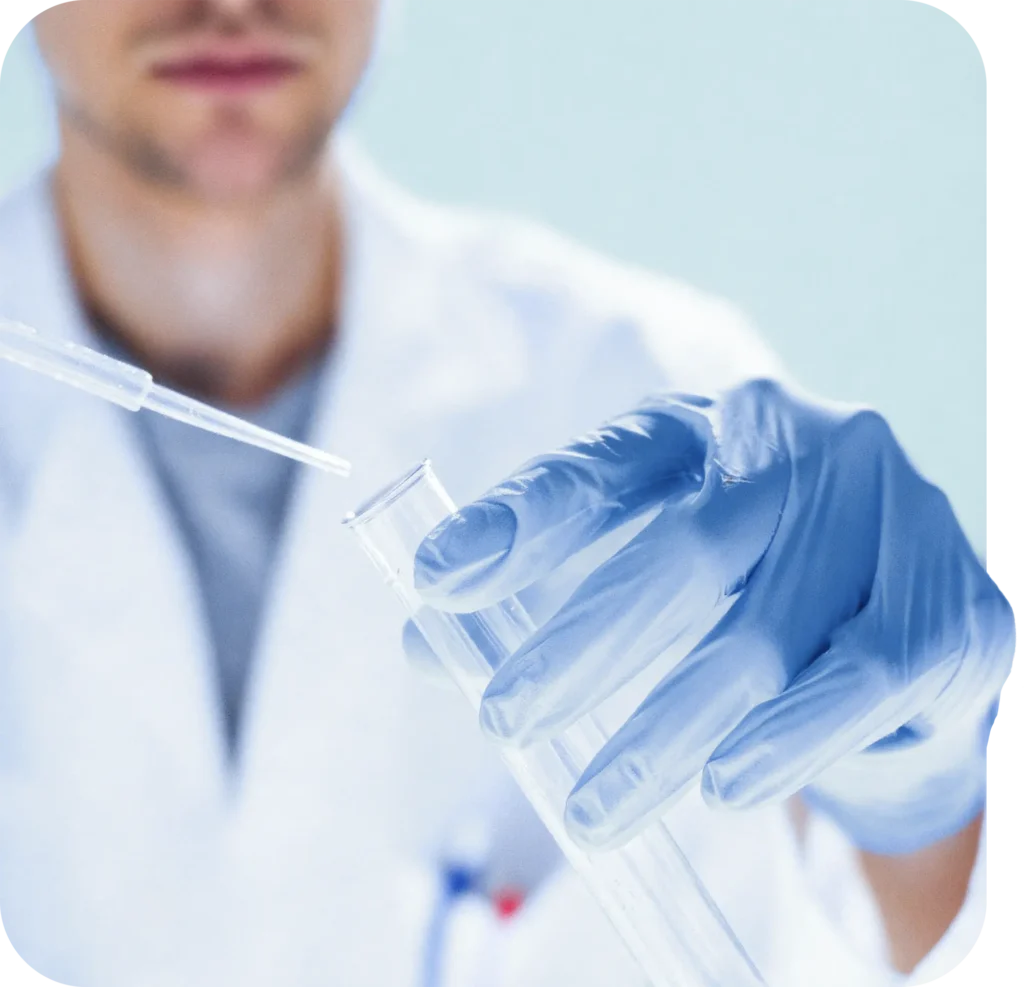Stem cells are unique cells in their kind: unlike most cells in our body, they have not yet chosen a definitive function. They are undifferentiated (that is, not specialized, lacking a precise function), capable of self-renewal and, above all, endowed with an extraordinary differentiation capacity, which allows them to transform into mature and specialized cells.
These characteristics make stem cells a tremendously valuable biological resource, at the center of many established therapies and a growing number of research in the field of regenerative medicine.

The true value of stem cells lies in their differentiative capacity, that is, the ability to transform into multiple cell types. This potential is not the same for all: some have unlimited possibilities, while others are already partially directed.
the only example is the zygote, the very first cell that forms after fertilization. It is the only one capable of giving rise to both the entire organism and the extraembryonic attachments such as the placenta.
can generate all types of cells from the three embryonic germ layers (endoderm, mesoderm, ectoderm), that is, all the tissues and organs of the body, but not the placenta. This category includes embryonic stem cells and induced pluripotent stem cells (iPSC), obtained in the laboratory by reprogramming adult cells.
they have a narrower range and can only transform into cells belonging to the same “family.” An example is the hematopoietic stem cells, which give rise to red blood cells, white blood cells, and platelets.
can generate a few related cell types.
they are the most specialized: they produce only one type of cell, while maintaining the ability to renew themselves.

In addition to classification by differentiation capacity, stem cells are also distinguished based on their biological origin.
Embryonic stem cells (ESC) – derived from the inner cell mass of the blastocyst (5–7 days after fertilization), they are pluripotent. They are not used in clinical practice due to ethical and regulatory issues.
Perinatal stem cells – collected from the umbilical cord and the placenta immediately after birth. They are a unique resource, available only once in a lifetime, already used in hematopoietic cell transplants and in numerous clinical studies.
Adult stem cells – found in various tissues of the body (e.g., bone marrow, peripheral blood, adipose tissue). They are less versatile than embryonic stem cells but essential for the daily regeneration of tissues.
Induced pluripotent stem cells (iPSC) – discovered in 2006 by Nobel Prize winner Shinya Yamanaka, they are derived from the reprogramming of adult cells (e.g., peripheral blood lymphocytes, PBMC). They are now at the center of a scientific revolution because they allow for the generation of pluripotent cells without the use of embryos, with applications in research, pharmacology, and personalized medicine.
Stem cells are not just a biological concept: they already represent a concrete clinical resource.
Today: more than 80 blood and immune system diseases (leukemias, lymphomas, thalassemia, congenital immunodeficiencies) can be treated with transplants of hematopoietic stem cells, sourced from bone marrow or cord blood.
Tomorrow: research is opening new frontiers in cardiology (repairing heart muscle after a heart attack), neurology (stroke, Parkinson’s, neurodegenerative diseases), oncology, orthopedics, autoimmune and metabolic diseases. These are not therapies currently available, but ongoing clinical trials show increasingly concrete potential.
Preserving one’s own stem cells today means safeguarding a biological asset that could prove crucial for the child’s future health and, in some cases, even for compatible family members.

Through certified and safe processes, we offer quality services that meet the highest standards of the biotech industry.

Certified Swiss Biotech company a leader in stem cell preservation.
